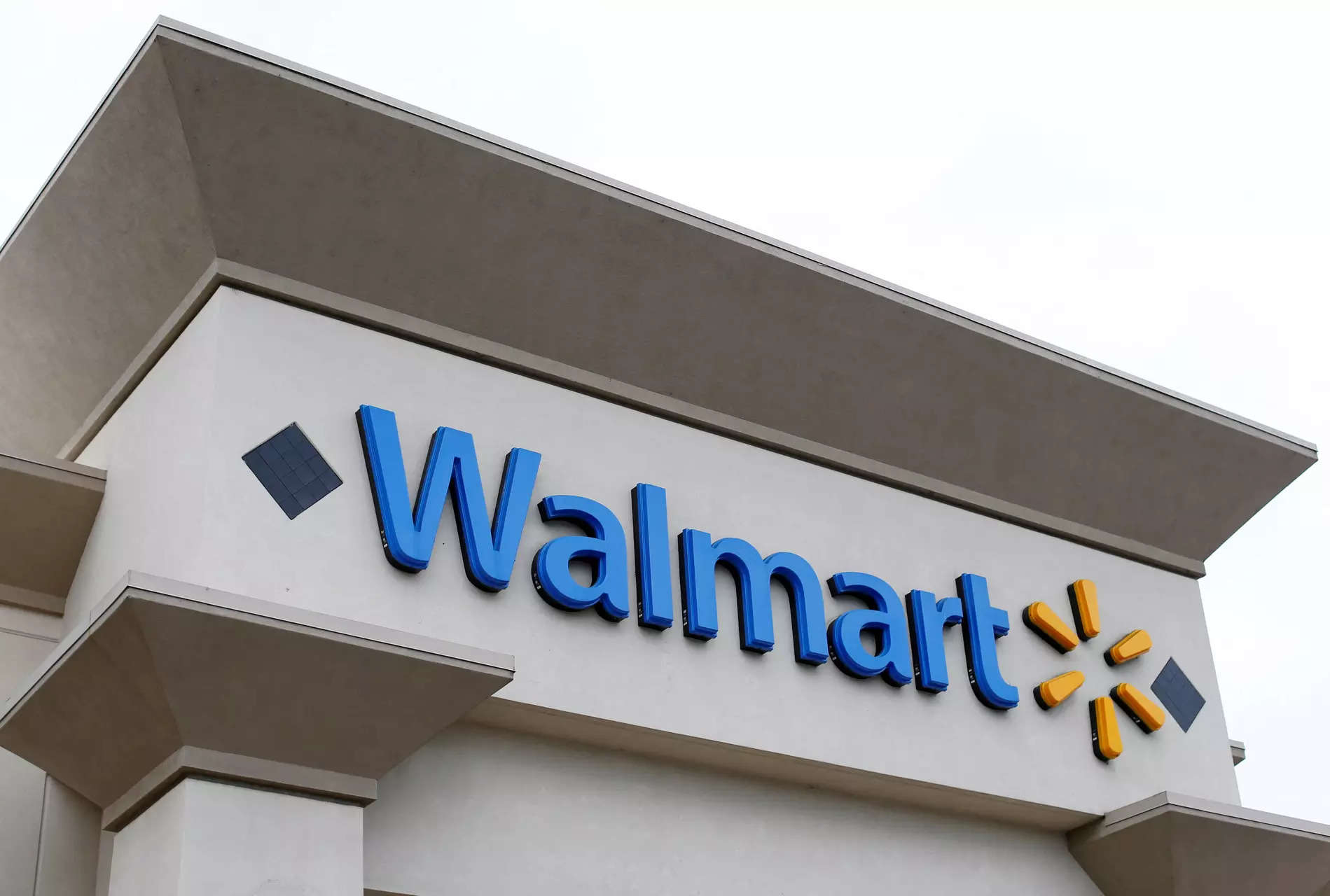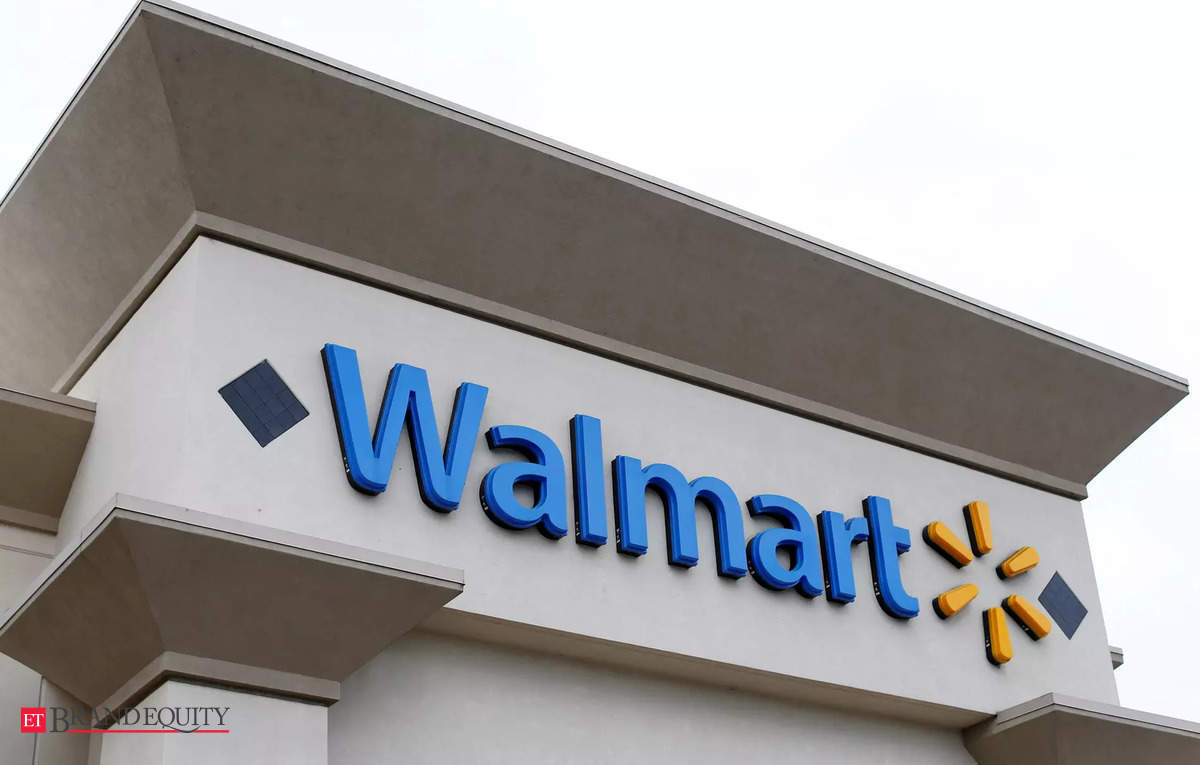[ad_1]

Walmart has over 10,000 stores worldwide, around 40% of them just in the US. The $600-billion American retail store colossus is today in a big battle with Amazon, and is investing heavily in R&D. Its technology arm, Walmart Global Tech, has centers in Bengaluru and Chennai and is responsible for creating innovative tech solutions to everything related to the retail store business.
“Technology breakthroughs, when they get adopted, end up changing customer behaviour, and that ends up causing new breakthroughs and new disruptions,” Walmart Global Tech’s CTO Suresh Kumar tells us on a recent trip to India.
Kumar, a Tamilian who grew up in Bengaluru, says the India centres are now collectively amongst the biggest the company boasts. “We want to be where talent is,” he says.
AI and ML, Kumar says, have been key enablers of being able to deliver person alised experiences at scale. One of the tech breakthroughs that Walmart is excited about involves generative AI and its ability to summarise information. “We have millions of products, and there are lots and lots of customer reviews of them. Gen AI is a powerful tool that can summarise the sentiment of what people feel about a particular product.”
Gen AI is also playing a role in giving suggestions to customers. “Let’s say I’m planning a Marvel-themed party for my daughter. How do I select from hundreds of millions of products? You just tell it to the AI, and it will help you navigate through the millions of products and give you recommendations based on what your preferences are. So, it’s a very powerful tool.”
Traditional AI and ML applications are also playing a huge role in optimizing Walmart’s expansive supply chains. “We use it to orchestrate what products need to be put in what part of our supply chain and how to move that through our supply chain to get it fulfilled to our customers in the fastest and most efficient way possible.”
From the coming holiday season, Walmart’s AI-powered inventory system is becoming more advanced and autonomous. The improved models go beyond historical sales data and sales event dates, and will include inputs such as macro weather forecasts, regional differences (such as allocating more toys in an area with young families), the overall popularity of an item compared to last year, and more. Once the holiday shopping season is underway, the AI-powered system will continue to leverage realtime data and causal factors to redistribute inventory automatically.
Beginning this holiday season, the systems will also use predictive analytics to optimize catchments and connect with driver availability, so that drivers can complete more deliveries, with less driving, delivering multiple items in one trip. Today, the catchments are of equal size, but AI will now begin optimizing the size based on local demand and need.
[ad_2]
Source link






